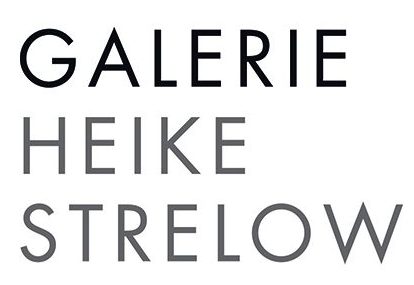OSKAR HOLWECK
DIE ESSENZ EINES MATERIALS
17 May 2024 – 29 June 2024
Oskar Holweck, who would have turned 100 years old this year, is not only regarded in professional circles as the ‘Pioneer of Paper Art in Europe’ (Britta Kuth). Born in 1924 in St. Ingbert, Saarland, few artists have explored paper as an artistic material as consistently and persistently as he has. Holweck’s main concern is to ‘extract forms of its own kind from the material’ by expressing the effects of light on surfaces, in cavities, and through the properties of materials. His artistic methods seem almost limitless, ranging from bending, folding, crumpling, creasing, pressing, compressing, stretching, incising, piercing, tearing, cutting, gluing, tapping, pounding, drilling, sawing, to singeing, heating, and burning.
His work is characterized by ‘the diversity of formal discoveries that emerge from a consciously limited and controlled basis’ (Hans-Peter Riese). Holweck subjects paper to a process of destruction, enabling him to transform it into ever-new material states where the fascinating interplay of light and shadow can unfold. This is underscored by his focus on the white color of the paper, bringing out the materiality of the paper itself.
Holweck’s work revolves around ‘the exploration of the visible and the making visible of states of being – about seeing and being able to see.’ It involves the perception of minimal differences, as conceptual as his approach may be and as often as he works in series, each of his works differs due to manual processing in the details, giving each work its own aura.
Holweck, who studied in Saarbrücken and Paris, began his artistic career with expressive ink drawings rooted in Informel. However, by the late 1950s, he was creating conceptual ink works where paper no longer served merely as a support but as an equal partner to ink – and even paper reliefs in 1958. Since then, Holweck has consistently explored the possibilities of paper as a material.
Later, he expanded his repertoire from relief to book objects, creating objects up to 1.80 meters high between 1972 and 1987. Despite using deconstruction techniques, he developed ‘organic forms that seem to testify to growth and blossoming’ from specially produced, unprinted books made of standard typewriter paper (Dr. Simone Schimpf). These powerful, energetic objects vividly demonstrate the plastic possibilities of paper to the viewer.
His affiliation with the ZERO group is unmistakable, and it was logical that he was invited to almost all important Zero exhibitions from 1958 to 1966 during the active period of the ZERO group. Since then, his works have been shown in over 400 exhibitions in Europe and the USA. Although invited to documenta in 1959 and 1972, he declined both times for personal reasons. His works are found in numerous international museums and private collections.
In addition to his own artistic work, Oskar Holweck was also involved in teaching. As head of the basic teaching class at the State School of Arts and Crafts in Saarbrücken (1956-1972) and as head of design theory in the design department at the University of Fine Arts Saar (professorship 1972-1956), he built on the principles of Josef Albers and translated Bauhaus teaching into the situation of his present. Holweck developed a sensual and conceptual systematization of the basic principles of art teaching as a grammar of human sensory ability, based on phenomenological investigations of perception (Institute for Contemporary Art, Saarlouis).
Oskar Holweck passed away in 2007, highly honored. To this day, his work and teaching influence numerous artists, including paper artists Katharina Hinsberg, Leonie Mertes, and Anja Glajcer.

